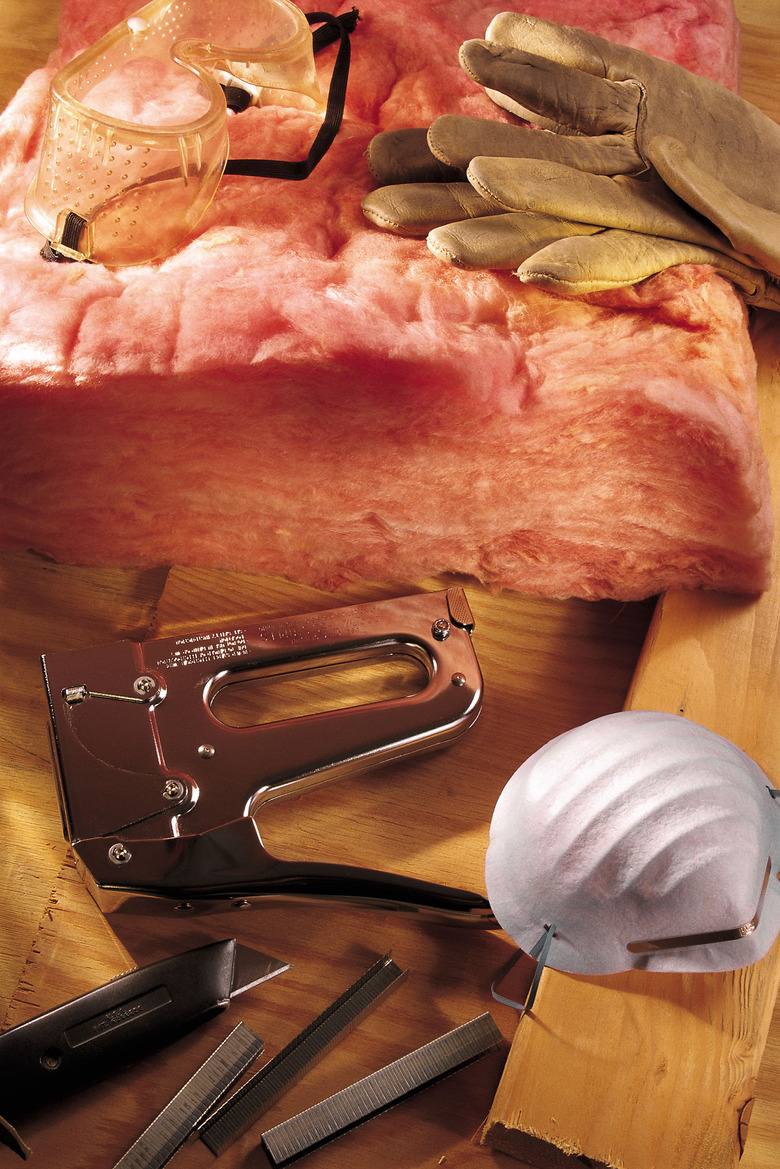R19 Vs. R21 In Value And Thickness
Fiberglass insulation is used in construction to save energy and protect buildings from the elements. Rolls of insulation come in a variety of R-values, where the "R" stands for resistance to heat flow. The higher the R-value, the more effective the insulation is. Both R-19 and R-21 insulation are commonly used to insulate walls of homes framed with 2-by-6 lumber, and each are recommended by U.S. Department of Energy to efficiently insulate new construction.
Uses of R-19
Uses of R-19
In many regions of the country, R-19 insulation is recommended for use in outer walls of new construction projects. A different type of insulation is used in areas like basements and attics, and to insulate floors. Because R-19 insulation is just over 6 inches thick, it is well-suited for use in construction projects that use 2-by-6-inch lumber; it fits tightly in the wall and prevents air from flowing through gaps in the plywood on the walls.
Upgrading to R-21
Upgrading to R-21
R-21 insulation has a higher density than R-19, although it is designed to fit into the same space. It tends to be slightly thinner than R-19 because of its density. Both come in rolls and are installed the same way. R-21 insulation is more efficient at preventing the transfer of heat, but it costs more per square foot. Construction companies often use R-19 as the standard insulation and may offer R-21 insulation as an available upgrade to buyers.
Value Over Time
Value Over Time
Deciding whether to use R-19 or R-21 insulation is largely a matter of weighing immediate costs over long-term savings. Depending on the prices of each type of insulation and the total square footage of the construction project, it may make more sense financially to install the more expensive insulation because it will save you money in the long run. But if the project is very large, R-19 might be the better choice because it may take a long time to recoup the difference in insulation costs.
Insulation, Heating and Cooling
Insulation, Heating and Cooling
Another consideration is what kind of heating and cooling system the construction project will have. If the heating and cooling system is very efficient, the R-19 insulation may be sufficient. If a home is heated by a less-efficient system, such as electric baseboard, R-21 insulation is a better value. Since the house will retain more heat in the winter months, the electric heat can be used less often, saving money an quickly recouping the initial investment on the more expensive insulation.
